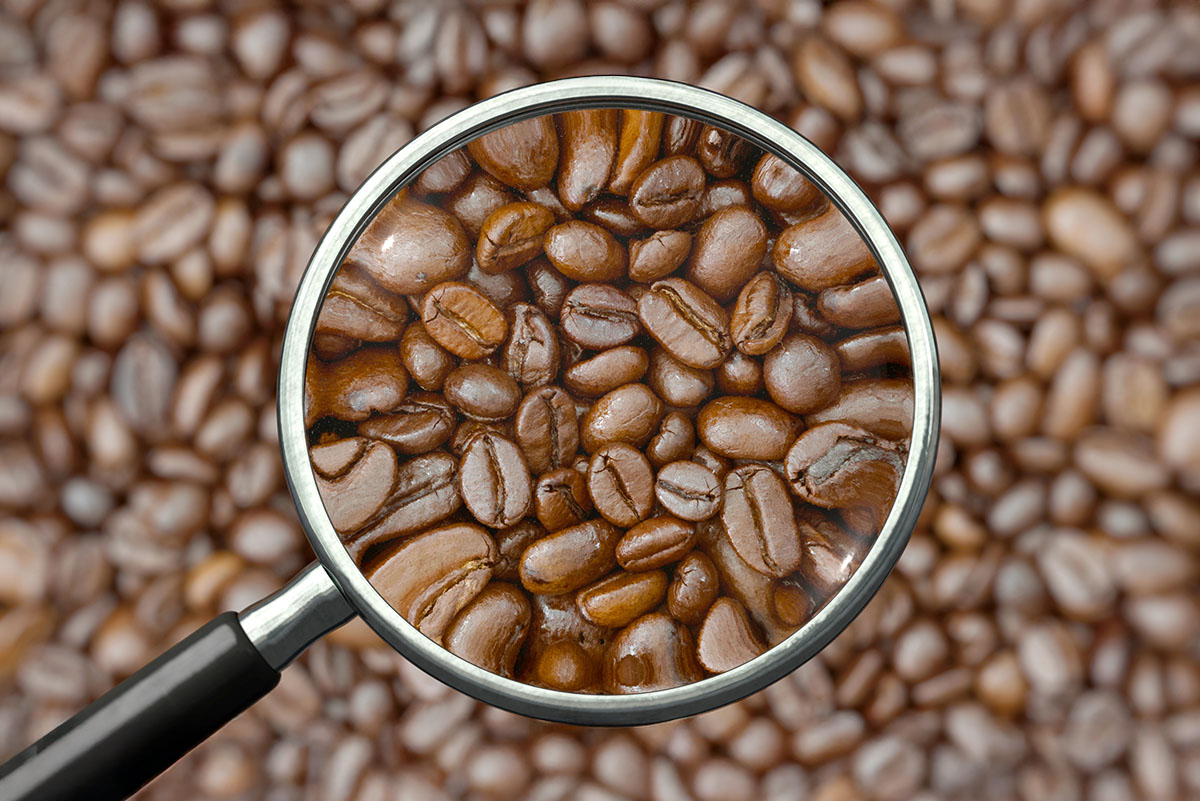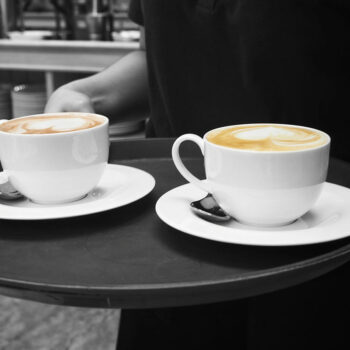Latte art has been growing in popularity among coffee aficionados and baristas alike. Its intricate designs of swans, hearts, and rosettes are not only aesthetically pleasing but also a demonstration of skill and precision. However, there is far more to latte art than just creating beautiful patterns on top of foam – it involves an amalgamation of science and creativity that takes years to master.
Below, we will dive into the world of latte art, exploring both the scientific principles that underlie it and the artistic techniques required to create truly stunning designs.
Pairing Coffee with Food
When it comes to pairing coffee with food, there are a few general rules that can help guide you in the right direction. For example, light roasts tend to pair better with lighter foods like pastries or fruit, while darker roasts can complement rich and savory meals. However, there is also room for experimentation and personal preference. Some people may find that an acidic coffee pairs well with spicy dishes, while others prefer a smooth and creamy brew alongside their dessert.
The art of pairing coffee with food is all about balance: finding flavors that complement each other without overpowering one another. It’s worth taking the time to experiment and try out different combinations until you find what works best for your palate – after all, everyone’s taste buds are different! With a little bit of practice and some trial-and-error, you may be surprised at how much difference a thoughtfully-paired cup of coffee can make to your meal experience.
The Science Behind Steaming Milk: Temperature Texture and Consistency
Steaming milk is a crucial component in making latte art, and its quality heavily influences the final product. There are several factors that affect how well milk can be steamed, including temperature, texture and consistency. When heated to around 150-155 degrees Fahrenheit, milk starts to produce microfoam – an essential element for creating detailed designs. If it’s too hot or too cold, you’ll either burn the milk proteins or not create enough foam.
Texture refers to the proportion of foam to liquid within the steamed milk. The right amount of foam makes it possible to draw intricate designs on top of lattes instead of just pouring frothed-up milk into your coffee cup. When aerating the milk with steam wand, baristas should get an even distribution of tiny bubbles throughout which provide a perfect base for masterpieces.
Consistency relates to how stable and uniform those microbubbles are – they should be small enough so that you don’t taste big pockets of air while drinking but also abundant enough that there’s plenty left after pouring them out from under where all dairy solids have settled upon cooling down slightly.
The method for texturizing must remain consistent from one drink style to another and requires skillful technique mixed with trial-and-error experimentation until achieving just-right results time after time after time… Perfecting these elements takes practice alongside understanding science behind this process as temperature plays a huge role in turning regular espresso drinks turn into latte art marvels!
Pouring the Perfect Espresso Shot: Timing Quality and Flavor Profile
When it comes to creating the perfect espresso shot, there are several factors to consider. Timing is arguably the most important element; a well-executed shot should take no more than 25 seconds, allowing for optimal flavor extraction and crema production. The barista must also ensure that the coffee grounds are distributed evenly and tamped with just the right amount of pressure, as any inconsistencies in these steps can lead to subpar flavor and texture.
Quality beans are another crucial component of a great espresso shot. To achieve maximum depth of flavor and complexity, baristas often opt for single-origin or specialty blends that have been roasted at precise temperatures and times. Careful attention to bean selection and roasting technique can result in an espresso shot with distinct notes of fruitiness, chocolatey richness, or nutty undertones.
The ideal espresso shot should exhibit a balance between sweetness, bitterness, acidity, body, and finish – all elements that impact its overall profile. Achieving this balance requires both technical precision and sensory exploration on behalf of the barista. With mastery over timing techniques using quality beans coupled with attentive tasting ability, a truly excellent espresso can be made every time!
Essential Skills for Creating Beautiful Latte Art: Diligence Creativity and Practice
For those looking to master the art of latte art, there are a few essential skills that must be cultivated. The first and perhaps most important skill is diligence. Creating beautiful patterns on top of frothed milk requires discipline and consistency in one’s technique. Baristas must learn to perfect their steaming and pouring methods through consistent practice, paying close attention to temperature, texture, and consistency.
Practice makes perfect when it comes to latte art. Even the most skilled professionals started with simple designs before moving on to more complex patterns. Consistent repetition helps train muscle memory for optimal steaming times and precise pours that yield stunning results every time. With diligence, creativity, and lots of practice time invested into honing this craft; you can become a masterful barista able to produce breathtaking coffee creations daily!
Latte art has become a popular trend that coffee lovers across the globe are embracing with enthusiasm. From heart and rosetta designs to tulip and swan patterns, these artistic creations add beauty to your cup of latte while also showcasing mastery in barista skills. However, getting excellent latte art requires more than just pouring milk into espresso; it is an intricate culmination of scientific precision and creativity honed over time.
Wrap-Up
Latte art is a complex combination of science and creativity that requires years of practice to perfect. From the precise temperature control required to create the perfect foam, to the delicate hand movements needed for intricate designs, every aspect of latte art demands careful attention and skill. Yet, despite this complexity, it is clear why so many have fallen in love with this art form.
So next time you order your favorite coffee beverage, take a moment to appreciate not just its taste but also the stunning artwork that adorns its surface – made possible by both scientific know-how and sheer creative passion.









